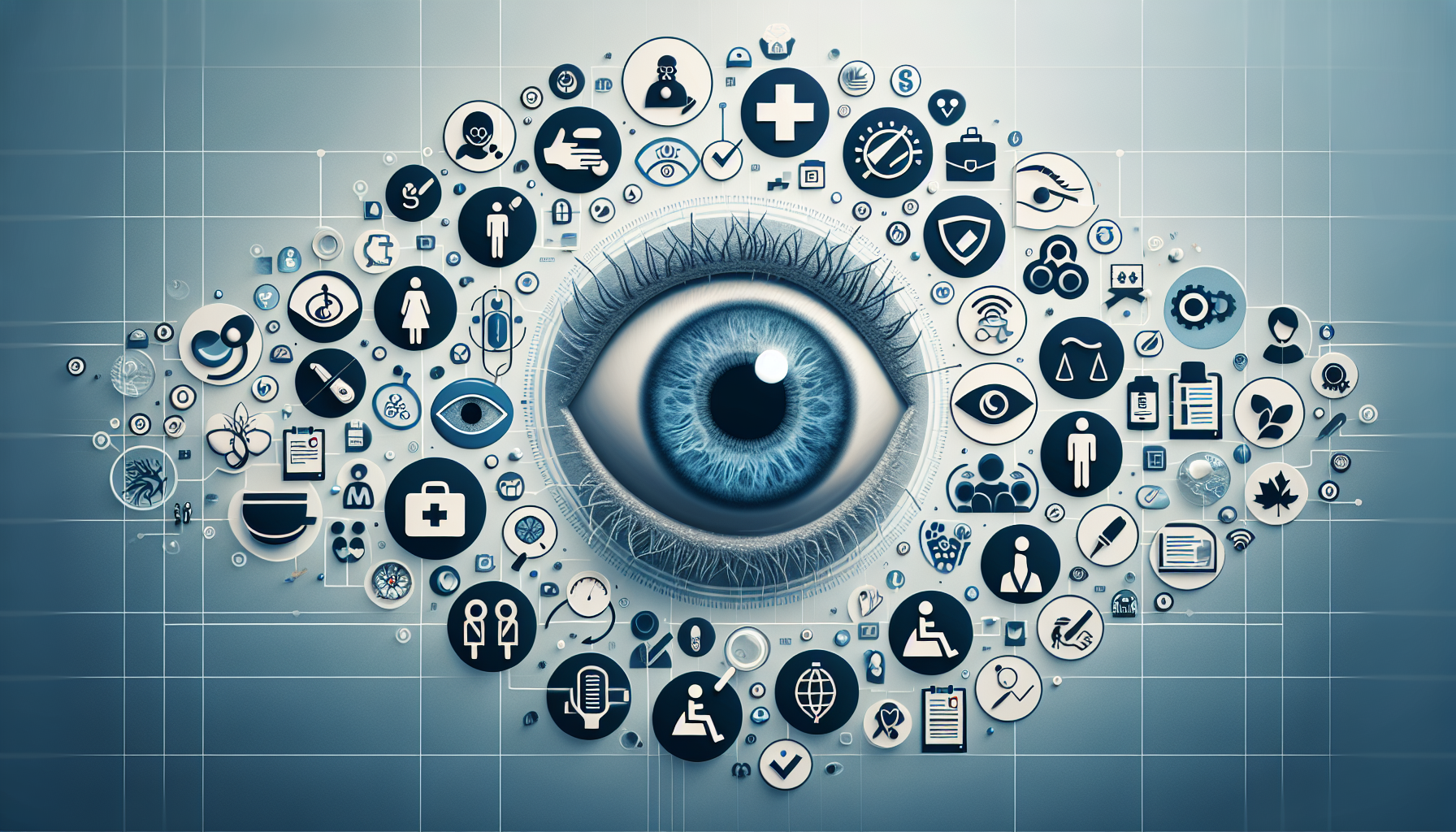New Real-World Evidence Confirms Effectiveness of VR Therapy for Treating Lazy Eye in Children
Key Takeaways
- Luminopia's VR therapy significantly improves vision in children with amblyopia.
- Real-world data confirms high treatment adherence and efficacy.
- Luminopia may surpass traditional treatments like eye patching and atropine drops.
Did You Know?
Introduction to Amblyopia and Luminopia
Amblyopia, commonly referred to as lazy eye, is a condition where one eye has reduced vision, not attributable to structural abnormalities. It is frequently diagnosed in young children and is the leading cause of vision loss in this demographic. Traditional treatments, such as eye patching or atropine eye drops, often result in poor compliance and incomplete vision restoration.
Luminopia's innovative solution pairs therapeutic software with virtual reality (VR) headsets, turning popular kids' TV shows into a tool for vision improvement. This approach has been validated through rigorous clinical trials and recently approved by the FDA.
Real-World Data from the PUPiL Registry
Data from the Patients Using Prescription Luminopia (PUPiL) Registry, involving 179 patients from 10 clinical sites, has shown substantial benefits. These patients experienced a significant improvement in vision after 12 weeks of consistent use, corroborating the results from Luminopia's clinical trials.
Results were presented at prominent scientific meetings like the American Association for Pediatric Ophthalmology and Strabismus and the Association for Research in Vision and Ophthalmology. The findings revealed that children with amblyopia who used Luminopia's VR therapy achieved an average vision improvement of 1.7 lines in 12 weeks and exhibited a high median treatment adherence rate of 83%.
Mechanism of Luminopia's VR Therapy
Luminopia's treatment method stands out because it encourages the brain to use both eyes together rather than just penalizing the stronger eye. The dual-acting software modifies TV content in real-time to promote the weaker eye's use while ensuring images are presented at optical infinity to minimize distractions and focus visual therapy.
The VR environment is immersive, which helps to engage young patients and ensures they are compliant with the treatment regimen, a common challenge with traditional methods.
Comparison with Traditional Treatments
Traditional amblyopia treatments, like patching the stronger eye or using atropine drops, generally have poor compliance and often leave residual vision deficits. These methods also do not train the eyes to work together, which is crucial for effective and long-term vision correction.
Luminopia addresses these issues by making the treatment enjoyable and engaging for children. The therapy's effectiveness is evidenced by the high adherence rates and significant vision improvements observed in real-world registry data.
Clinical and Real-World Efficacy
Dr. Derek Sprunger presented the real-world data at the European and International Strabismological Association conference. He emphasized that Luminopia's VR therapy not only improves vision but also achieves better compliance compared to traditional treatments.
Luminopia's therapy has consistently shown effectiveness across various patient demographics, including different amblyopia severities, ages, and treatment histories, making it a versatile tool for eye care professionals.
Future Implications
The promising results from both clinical trials and real-world data suggest that VR therapy could become a new standard of care for treating amblyopia. Given the significant compliance and vision improvement observed, this method has the potential to replace traditional modalities as the primary treatment option for lazy eye.
Furthermore, the engagement factor of popular TV shows, combined with the therapeutic benefits of VR, makes it a particularly appealing option for young patients and their parents.
Conclusion
Luminopia's VR therapy represents a groundbreaking approach to treating amblyopia, demonstrating significant vision improvement and high treatment adherence. Its unique mechanism of promoting binocular vision and the immersive nature of VR make it a superior alternative to conventional treatments.
The real-world data further validates its efficacy, ensuring that children suffering from amblyopia have a practical and enjoyable option for vision correction.
Learn more about Luminopia and its impact on children's vision by visiting their official website.
References
- American Association for Pediatric Ophthalmology and Strabismushttps://aapos.org/
- Association for Research in Vision and Ophthalmologyhttps://www.arvo.org/
- European and International Strabismological Associationhttps://www.strabismus-online.com/
- Luminopia Official Websitehttps://www.luminopia.com/






